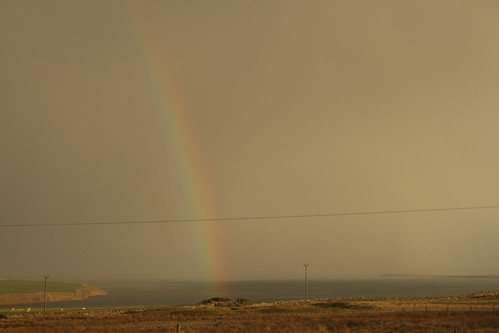Spitalfields Jewish Maternity Hospital (affectionately known as Mother Levy's) is being demolished for a mixed group of housing, for rent, rent-and-buy, and for sale, PRIOR to consultation on the sites future or applying for planning permission. The proposal is a development of the Peabody Trust.
Spitalfields has variously been home to predominantly Huguenot French, Ashkenazim Jews and now Bangtladeshi communities. Naturally, buildings that can adapt to change do, the Jamme Masjid was formerly a Synagogue and before that a Huguenot chapel. Slowly now the remnants of the Jewish East End of London are fading. When I started living nearby, Bloom's was a kosher restaurant, now it is a chain burger joint.
The local planning authority, Tower Hamlets, planning brief specifies
"1.3 In summary, the statement seeks to guide the redevelopment of the site for residential uses. Any redevelopment at this site must consider:
• The amenity of surrounding residential development;
• The relationship of any development on the site with Osmani School; and
• The potential to convert the existing building to residential uses"
http://moderngov.towerhamlets.gov.uk/mgConvert2PDF.aspx?ID=7804
Peabody are ‘proposing to begin demolition prior to the submission of the planning application‘ for their five- or six-storey replacement building (13 October letter from Peabody to Dr. Kadish), Peabody can do this by applying for ‘prior notice of demolition’. The proposed demolition would be what is called ‘permitted development’ and officers would simply have to give ‘prior approval of the method of demolition’. ‘The Council acknowledges that the buildings do represent a non-designated heritage asset in accordance with PPS5‘ http://residents-first.co.uk/ This would normally entail a detailed survey of the historic building as apart of the decision-making process. Residents efforts to save a couple of cottages in Underwood Road -- as a memorial to the pioneering work of the Maternity Hospital (before state provision) have so far been rebuffed
 see also http://spitalfieldslife.com/2011/10/17/tom-ridge-the-jewish-maternity-hospital/
see also http://spitalfieldslife.com/2011/10/17/tom-ridge-the-jewish-maternity-hospital/
If you - like Arnold Wesker - are concerned about these proposals - or about the way the process is being pursued, you can write to
Stephen.Howlett@peabody.org.uk and
owen.whalley@towerhamlets.gov.uk
I suspect no-one is against affordable housing or mixed schemes, but the compromise of keeping the cottages as a memorial is helpful in retaining a local landmark which contributes to the character of the area - as one where waves of refugees have settled and built better lives.






































